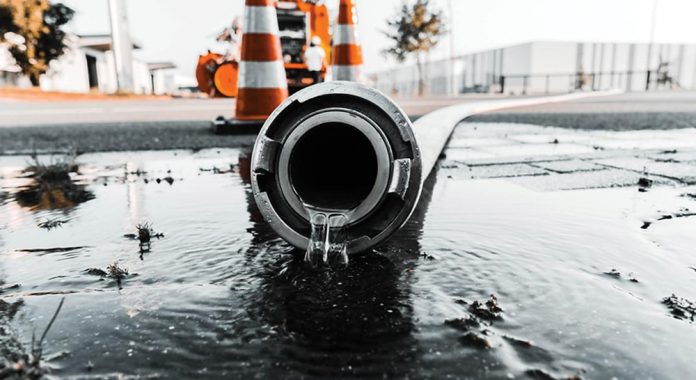Globally, around one-third of the treated water put into networks is lost before it reaches customers, says Barbara Hathaway, Ovarro’s technology leader for leakage solutions.
Widespread loss through leaking pipes is not acceptable in the eyes of the public and regulators, especially when water utilities are asking customers to use less to manage demand.
As well as the stretching regulatory targets, water companies have themselves committed to halving leakage by 2050. Going further, UK Water Industry Research (UKWIR) is undertaking extensive studies (some in collaboration with Ovarro) to answer the question, how will we achieve zero leakage in a sustainable way by 2050? If such an ambitious goal is to be achieved, water utilities need to continue to invest in innovation, support new ideas and share findings.
Collaboration which addresses current and future challenges between utilities, suppliers, innovators, academics and governments will be the only way to drive through new ideas at the rate needed.
Data-powered tools
The good news is, data-powered tools are being embraced by UK utilities and are transforming network management as such. Companies that have amassed large amounts of data over recent years are now beginning to understand what this data can teach them about their operations – the key benefit being, it can show utilities what is happening on their networks in real-time.
Among the solutions now being adopted more widely are as-a-service models, subscription-based applications with infrastructure that is entirely managed and maintained by an external supplier. This consultative service allows companies to focus on their core responsibility of water system management and leave the data analysis to external specialists.
For example, we launched a Leak Navigator in 2022 as the UK’s first fully managed, fixed network leakage service comprising advanced acoustic dataloggers and cloud-based software.
With all elements combined, the service can accurately identify points of interest (POIs) on behalf of water companies, alerting field technicians directly, so they can head straight to site with high confidence that a leak will be found, reducing the need for inhouse data analysis. Successful trials with UK water companies recorded a combined performance increase of 20-25% in total leaks found, plus a 30% reduction in lost field time through false positives and a POI-to-leak conversion rate of over 85%.
Looking ahead
We are doing considerable research into prioritising leak noise, allowing operators to understand which noises picked up by acoustic loggers are most likely to be large leaks. Artificial intelligence is going to be a big leap forward in helping companies work out what a leak sounds like – and is it a big leak or is it a small one? Having this information will help companies understand which leaks need to be fixed first.
Other advances being made by the sector, within touching distance, include:
- Smart water meters, which will have the potential to eliminate customer-side leakage by ensuring that any water used customer side of a meter is billed and, therefore, accounted for – and no longer considered leakage.
- Sensors embedded in meters or pipes will allow easy detection of leaks. As the cost of sensing technology lowers and connectivity becomes easier, the options for where and how sensors are placed can grow.
- Predicting when leaks will occur. A fixed network setup allows us to gather more data around leaks and look for patterns in the data before a leak happens, eventually leading to the ability to predict which pipes are most likely to burst next.
Water utilities investing in new leakage technology should consider all available options and business cases, rather than take the default view that lower cost or higher volume is best. Each technology has its place – there is a large box of tools available – and it is worth keeping an open mind about what would provide the most effective overall solution for a particular network.
Ovarro is publishing a deep-dive report into services and tools to tackle the global leakage crisis via its social media channels.



